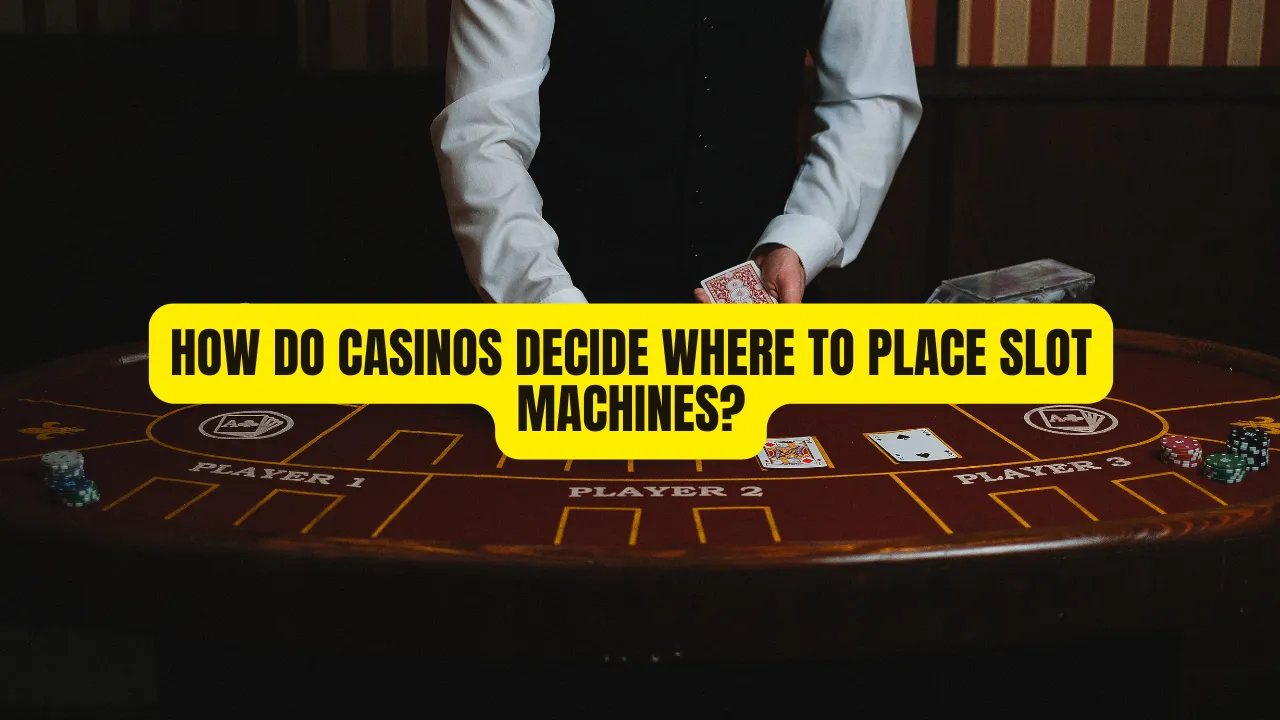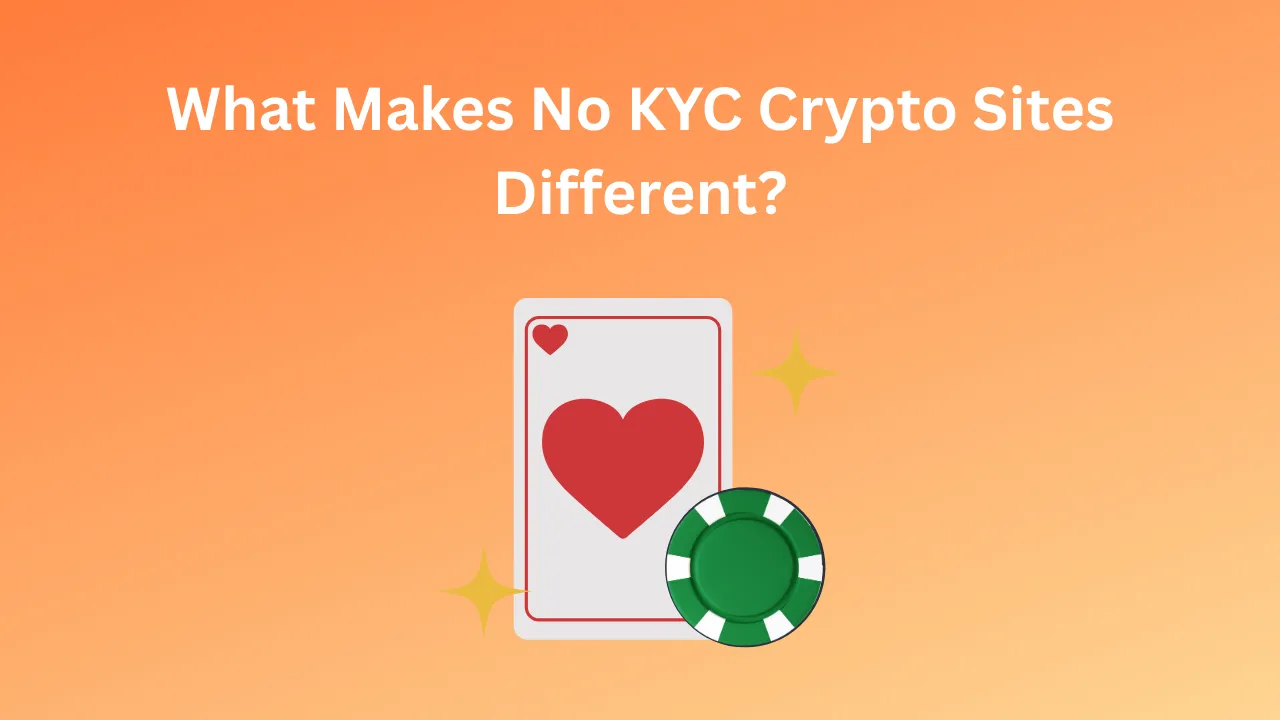When you step onto a casino floor, the flashing lights, buzzing sounds, and glittering slot machines seem almost overwhelming. But there’s nothing random about where those machines are placed. Casinos carefully design the layout to maximize playtime, attract attention, and ultimately increase revenue.
As someone who has spent years studying casino operations and player behavior, I can tell you that slot placement is a science blended with psychology. Every position — from the entrance to the farthest corner — serves a purpose. Understanding how casinos make these decisions offers valuable insight into why some machines always seem busier than others and why you’re more likely to play one game over another.
The Psychology of Player Attraction
Casinos know that first impressions matter. That’s why high-energy slot machines are often positioned near entrances. When new visitors step inside, they are greeted by exciting visuals and sounds, drawing them into the gaming floor.
This setup isn’t just about aesthetics — it’s rooted in behavioral psychology. The bright, noisy slots act as “ambassadors” that showcase the fun waiting inside. By placing eye-catching games at the front, casinos encourage players to engage quickly without wandering aimlessly.
The idea is simple: if players feel excited right away, they’re more likely to sit down, try a machine, and extend their stay. Much like online platforms such as a non gamstop casino that highlight their most engaging features up front, land-based casinos rely on strong first impressions to keep customers engaged from the start.
High Traffic vs. Low Traffic Areas
Foot traffic is one of the most critical factors in slot placement. Machines located near busy walkways, food courts, or restrooms often see higher play rates. These spots are prime real estate because players passing by frequently decide to stop for a quick spin.
However, casinos also balance this with quieter zones. In lower-traffic areas, they might place machines with higher payouts or progressive jackpots. These locations appeal to more dedicated players who are willing to search for the “hidden gems” away from distractions. The mix ensures that both casual visitors and seasoned gamblers find something that appeals to their playing style.
Creating the Illusion of Hot Machines
Ever noticed how some machines seem to be constantly occupied, while others sit empty? This isn’t always coincidence. Casinos often place popular or high-variance slots in visible spots to create the impression that those machines are “hot.”
When other players see people winning — or at least constantly playing — they are more inclined to try those machines themselves. The social proof effect plays a big role in decision-making, even in gaming. By clustering these machines in central areas, casinos amplify the sense of excitement across the floor.
Slot Machine Clusters and Themes
Another factor casinos consider is clustering by theme or game type. Machines featuring similar graphics, branding, or gameplay are often grouped together. This makes it easier for players to find their favorite styles, whether it’s classic three-reel slots, branded video slots, or themed progressive jackpots.
Grouping also encourages longer play sessions. If a player tires of one machine, they can easily move to a nearby slot with similar features without leaving the cluster. It’s a subtle way of keeping customers engaged within one zone rather than having them wander off to a different part of the floor.
The Role of Visibility and Sound
Casinos design slot machine placement to appeal not just to players but also to spectators. Machines placed near walkways or lounges are positioned so that people can see and hear others winning. The sounds of coins clinking or reels spinning are intentionally amplified to signal success, even when payouts are modest.
This sensory experience influences people nearby, nudging them toward joining in the fun. A machine tucked away in silence doesn’t have the same pull. That’s why casinos invest heavily in soundscapes and open layouts — they know excitement is contagious.
Balancing House Edge and Player Satisfaction
Not every machine is designed the same way, and casinos take care to balance house edge with player enjoyment. Machines with lower payouts may be placed in high-traffic areas, while those with slightly better odds are positioned deeper inside the casino to reward exploration.
This strategy keeps casual players entertained while also satisfying the more experienced gamblers who know how to hunt for better opportunities. By dispersing these options strategically, casinos cater to a wide range of audiences without alienating any particular group.
Technology and Data-Driven Placement
Modern casinos don’t rely solely on instinct or tradition when deciding slot machine placement. They use data analytics to track player habits, machine performance, and revenue per square foot.
By analyzing which machines generate the most activity in specific spots, casinos can adjust their layouts to maximize efficiency. This data-driven approach is becoming even more sophisticated with the integration of loyalty programs, mobile apps, and real-time monitoring. The result is a constantly evolving floor plan designed to optimize both profits and player satisfaction.
Online Influence on Physical Layouts
Interestingly, the rise of online casinos has influenced how land-based venues think about slot placement. Online platforms test game visibility by placing certain titles on homepages or in promotional banners to see what attracts clicks. The same concept applies to physical casinos, where popular machines are given prominent locations to maximize engagement.
The crossover between digital and physical spaces means that strategies proven successful online are being replicated offline. Both aim to capture attention quickly, provide easy access to popular games, and keep players entertained for longer periods.
Responsible Gaming Considerations
While the placement of machines is primarily about maximizing playtime and revenue, casinos are also under increasing pressure to prioritize responsible gaming. Regulations in many regions require casinos to design layouts that don’t deliberately mislead or manipulate vulnerable players.
For example, signage about odds, responsible gambling hotlines, and spending limit tools are often integrated into the floor design. Some casinos even use placement to separate higher-stakes areas from general play zones, ensuring that inexperienced players aren’t inadvertently exposed to riskier games.
Conclusion
Slot machine placement is far from random. It’s a carefully calculated mix of psychology, design, and data-driven strategy. From high-traffic entrances to secluded corners, every location serves a specific purpose in shaping the player experience.
By balancing visibility, sound, player behavior, and responsible gaming requirements, casinos create environments that feel exciting yet approachable. Much like online platforms, where the arrangement of games and promotions influences user engagement, land-based casinos use floor layouts to encourage exploration and enjoyment.
The next time you walk into a casino, take a moment to look around. Every machine you see is right where it’s meant to be — not just for aesthetics, but for strategy. And whether you’re a casual visitor or a seasoned player, knowing these placement tactics can give you a deeper appreciation of how casinos craft their unique atmosphere.







